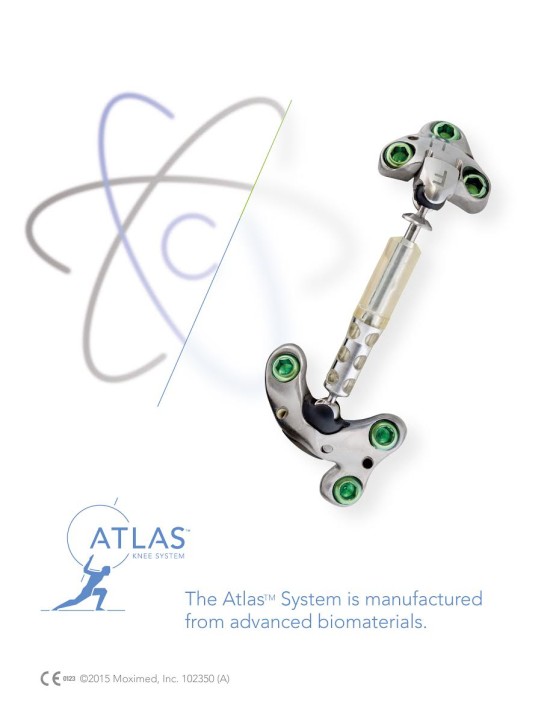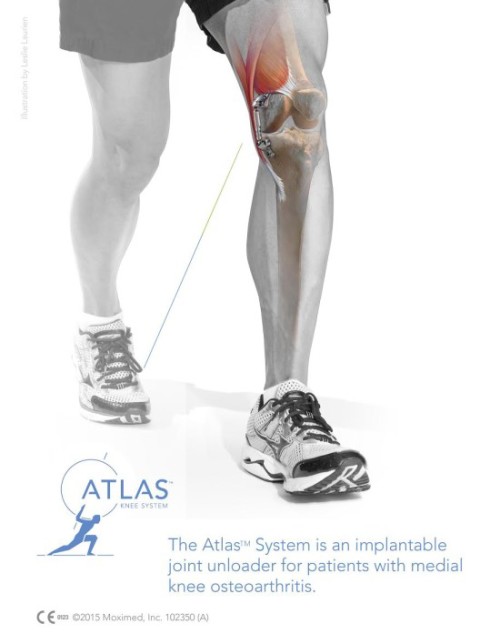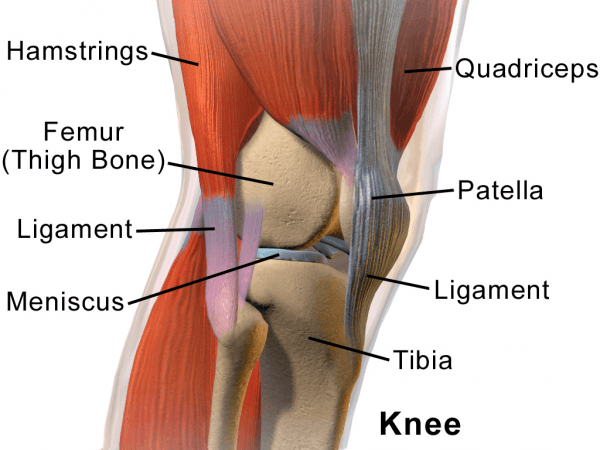Leading an active lifestyle can greatly benefit one’s health. However, athletic activity and physical exercise can also lead to bodily consequences if one is not careful. One such repercussion is knee joint pain that occurs via excess stress, age, and previous injuries to the knee. A huge contributor to knee pain is a type of arthritis called knee osteoarthritis, and this condition can make it hard for people to do mundane, everyday activities, such as walking or climbing stairs.

Histopathology of osteoarthrosis in a knee joint in an elderly female patient. Source: KGH
Usually, the solution for knee osteoarthritis is to undergo knee replacement surgery in order to minimize pain and restore normal movement. A potential negative outcome of surgery, though, is that the procedure can permanently change the anatomy of the knee joint, narrowing treatment options in the future if further problems occur. Also, research has shown that younger and more active patients are likely to undergo additional operations later in life and likely to experience higher levels of pain and dissatisfaction after the knee replacement surgery. For those who do not wish to undergo knee replacement, however, there is now an alternative option. Moximed, a company based in both California and Zurich, Switzerland, has created a new device called the Atlas knee system, a joint unloader implantable via surgery, that works like a shock absorber for the knee.

The Atlas device’s physical appearance. Source: Moximed (Provided courtesy of the company)

A diagram of where exactly the Atlas device is placed. Source: Moximed (Provided courtesy of the company)
The Atlas knee system is made to lower pressure applied to knee joints, and might even delay (or prevent) inevitable knee replacement surgeries. According to their website, it is made from advanced biomaterials, has passed durability and biocompatibility testing, and “has been validated to provide pain relief for patients since 2008… specifically designed to allow OA (osteoarthritis) sufferers to maintain high activity or productivity levels.” The Atlas system is meant to take in excess joint load rather than dispatching the load to other healthy parts of the body, and it also features a modernized surgical technique based upon patients’ own anatomies that allows surgeons to visually confirm the achievement of joint unloading. In addition to those diagnosed with knee osteoarthritis, the Atlas system is also perfect for anyone who suffers from pain in the medial side of the knee, or for anyone who wishes to become more active again after experiencing knee problems. Though the Atlas system is not able to cure knee osteoarthritis, it does provide pain relief, and it will not anatomically affect the knee joint as with knee replacement surgery. Compared to other commonly used methods of pain relief (i.e., warming pads, oral medication, etc.), research shows that conservative treatments such as the aforementioned do not possess characteristics of an ideal treatment, such as alleviating pain and improving knee function. The KineSpring, a previous model of the Atlas, was invented to solve these issues.
Featured Image Source: Blausen.com staff










